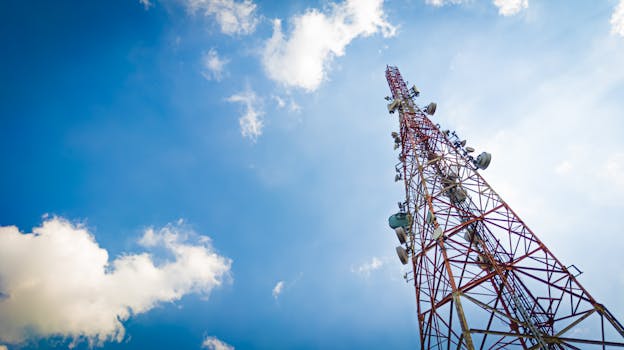
GEO Satellites: Revolutionizing Global Communications with WordPress
GEO satellites, or Geostationary Earth Orbit satellites, are a type of satellite that orbits the Earth at an altitude of approximately 36,000 kilometers, remaining stationary relative to a fixed point on the equator. This unique characteristic allows GEO satellites to provide continuous coverage of a specific region, making them ideal for a wide range of applications, including telecommunications, weather forecasting, and navigation.
The use of GEO satellites has become increasingly important in recent years, as the demand for global connectivity and high-speed internet access continues to grow. With the rise of remote work, online education, and social media, the need for reliable and fast internet connectivity has never been more pressing. GEO satellites offer a solution to this problem, providing broadband internet access to even the most remote and underserved areas of the world.
How GEO Satellites Work
GEO satellites work by transmitting and receiving signals to and from Earth-based stations. The satellite receives a signal from an Earth-based station, amplifies it, and then re-transmits it back to Earth, where it is received by another station. This process allows for the transmission of data, voice, and video signals over long distances, making it possible to communicate with people and devices anywhere in the world.
The GEO satellite’s orbit is synchronized with the Earth’s rotation, which means that it appears to be stationary in the sky. This allows Earth-based stations to communicate with the satellite without having to track its movement, making it easier to establish and maintain a connection.
Applications of GEO Satellites
GEO satellites have a wide range of applications, including telecommunications, weather forecasting, navigation, and remote sensing. In the field of telecommunications, GEO satellites are used to provide broadband internet access, voice and video communications, and data transmission services.
In weather forecasting, GEO satellites are used to monitor cloud patterns, track storms, and predict weather patterns. They are also used in navigation, providing location information and timing signals for GPS and other navigation systems.
In remote sensing, GEO satellites are used to monitor the environment, track climate change, and detect natural disasters such as earthquakes and hurricanes. They are also used in the field of Earth observation, providing high-resolution images of the Earth’s surface and monitoring land use and land cover changes.
Benefits of GEO Satellites
The use of GEO satellites offers several benefits, including global coverage, high-speed internet access, and reliability. GEO satellites can provide coverage to even the most remote and underserved areas of the world, making it possible to communicate with people and devices anywhere on the planet.
GEO satellites also offer high-speed internet access, with speeds of up to 100 Gbps. This makes it possible to transmit large amounts of data, including video and audio files, quickly and efficiently.
In addition to their technical benefits, GEO satellites also offer economic and social benefits. They can provide access to education, healthcare, and financial services, helping to bridge the digital divide and promote economic development in underserved communities.
Challenges and Limitations of GEO Satellites
Despite the many benefits of GEO satellites, there are also several challenges and limitations to their use. One of the main challenges is the high cost of launching and operating a GEO satellite, which can be prohibitively expensive for many organizations and individuals.
Another challenge is the risk of interference from other satellites and terrestrial systems, which can disrupt communications and cause errors. GEO satellites are also vulnerable to space weather events, such as solar flares and coronal mass ejections, which can damage their electronics and disrupt their operations.
In addition to these technical challenges, there are also regulatory and policy challenges to the use of GEO satellites. The use of GEO satellites is regulated by national and international laws and treaties, which can create barriers to entry and limit the availability of spectrum.


